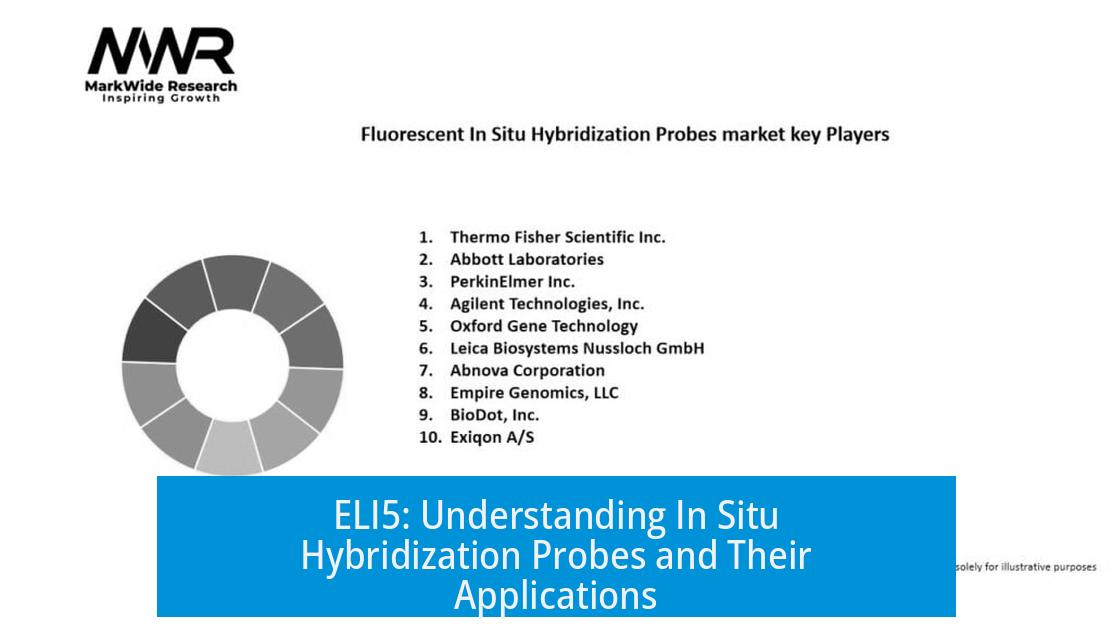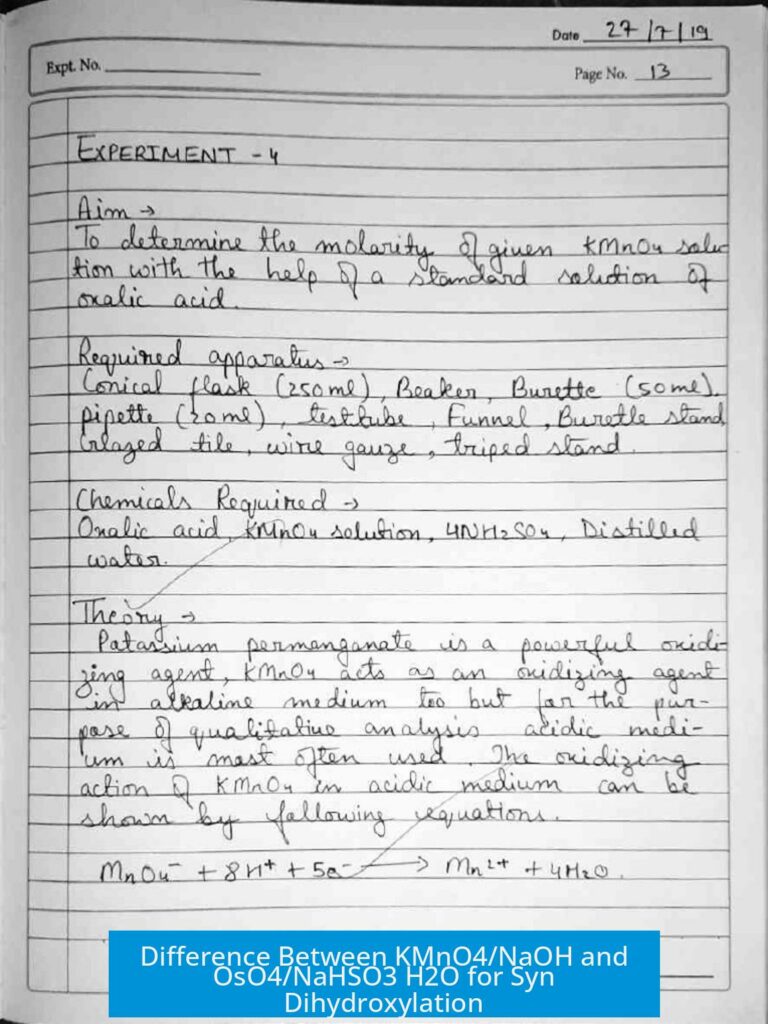ELI5: What Are In Situ Hybridization Probes?

In situ hybridization probes are specially made RNA strands designed to find and attach to matching RNA sequences inside cells or tissues, allowing scientists to see where specific genes are active.
How Are These RNA Probes Made?
This process begins with a double-stranded DNA template, typically a plasmid. This DNA contains the sequence similar to the RNA scientists want to detect, except DNA uses thymine instead of uracil found in RNA.
Next, an enzyme called reverse transcriptase copies one DNA strand into RNA. This step produces an RNA molecule complementary to the target RNA inside cells. This RNA molecule is the probe used in hybridization.
Labeling Probes for Detection
To visualize where the probe has bound, it must carry a detectable label. There are two common methods:
- Radioactive Labeling: The probe is made in the presence of radioactive molecules. When the probe binds to its target, it can be detected using radiometric devices.
- Epitope Labeling: A molecule like digoxigenin is attached to the probe. This epitope is recognized by a specific antibody, allowing the location of the probe to be detected with antibody-based methods.
Why Use In Situ Hybridization Probes?
These probes help scientists map gene expression in tissues without destroying them. With labeled probes, regions where a certain RNA is active show visible signals under a microscope. This technique reveals how genes behave in different cells and developmental stages.
Summary of Key Points
- RNA probes are made from DNA templates using reverse transcriptase.
- Probes are complementary to the RNA sequences they detect.
- Detection uses radioactive or epitope labels for signal visualization.
- In situ hybridization probes reveal gene expression patterns inside cells.
For additional technical details, see the resource on ScienceDirect: RNA Probes – ScienceDirect
What is the starting material for making RNA probes in in situ hybridization?
The starting material is a double-stranded DNA template, often a plasmid. It contains the DNA sequence that matches the target RNA sequence.
How is the RNA probe synthesized from the DNA template?
A reverse transcriptase enzyme uses the DNA template to make a complementary RNA strand. This RNA strand serves as the probe.
How are RNA probes labeled for detection?
- They can be labeled with radioactive isotopes for radiometric detection.
- Alternatively, probes can be tagged with digoxigenin, allowing detection via specific antibodies.
Why use digoxigenin-labeled probes instead of radioactive ones?
Digoxigenin labeling allows safer and more precise detection because it avoids radioactivity and uses antibodies to find the probe.
Can RNA probes detect specific RNA sequences inside cells?
Yes, RNA probes bind to their matching RNA sequences inside tissues or cells, enabling visualization of gene expression patterns.





Leave a Comment